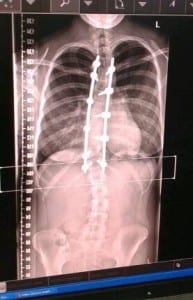Focussing on weight and counter balance progressed significantly in the 3 hours. I tried to stick with the same partner for the majority of the lesson – I found it easier to lift/be lifted by someone a similar build to myself. Leavers and Anchors is important to think about whilst taking weight. I found I work better as an anchor and I kept myself well-grounded, I believe this is due to being uncomfortable in the air as I am trying to protect my spine, as there is a chance of a lift failing and causing injury.
I also learned that momentum was key for this session in particular. Without the momentum during a lift, it would fail – which I unfortunately experienced during travelling across the room by pulling at the wrist. After verbal communication we eventually acknowledged the problem and managed to execute the movements well. Other examples where momentum is crucial are: lifting partner over the shoulder and rocking side to side – lifting the partner on the hip and outside edge of the thigh. Keeping momentum in mind made the lifts flow much easier and it was a sense of a natural feeling to lift my partner, and to be lifted. The video below shows how our momentum made our movement flow continuously.
The last 30 minutes of class we had a mini contact jam. I applied my knowledge from today’s lesson and tested some of the new movements with different partners. I found this slightly rocky to begin due to not being used to different bodies. I entered the space as much as I could, I found that my peers were afraid to try out what we learned today. Very little happened in the space and the atmosphere was not the best I have experienced. It was tough for the same people to improvise in the space because I am moving with the same people each week – I want to experience movements with new people.
I received feedback after this class, where I identified that I am not fully released whilst being lifted which can be dangerous – this is due to not working with my partner before, so I need to build trust before going up in the air. Lepkoff states “…by the time an intention has become realized in a physical action, it is too late to alter how this action is played out”. (1999). Going up with the intention of trust will change my reaction of being lifted – hopefully having this intention of trust will help me release my body.
Lepkoff, D. (1999) What is release technique? The movement research performance journal. Available from: http://www.daniellepkoff.com/Writings/What%20is%20Release.php [accessed 6/11/16].
